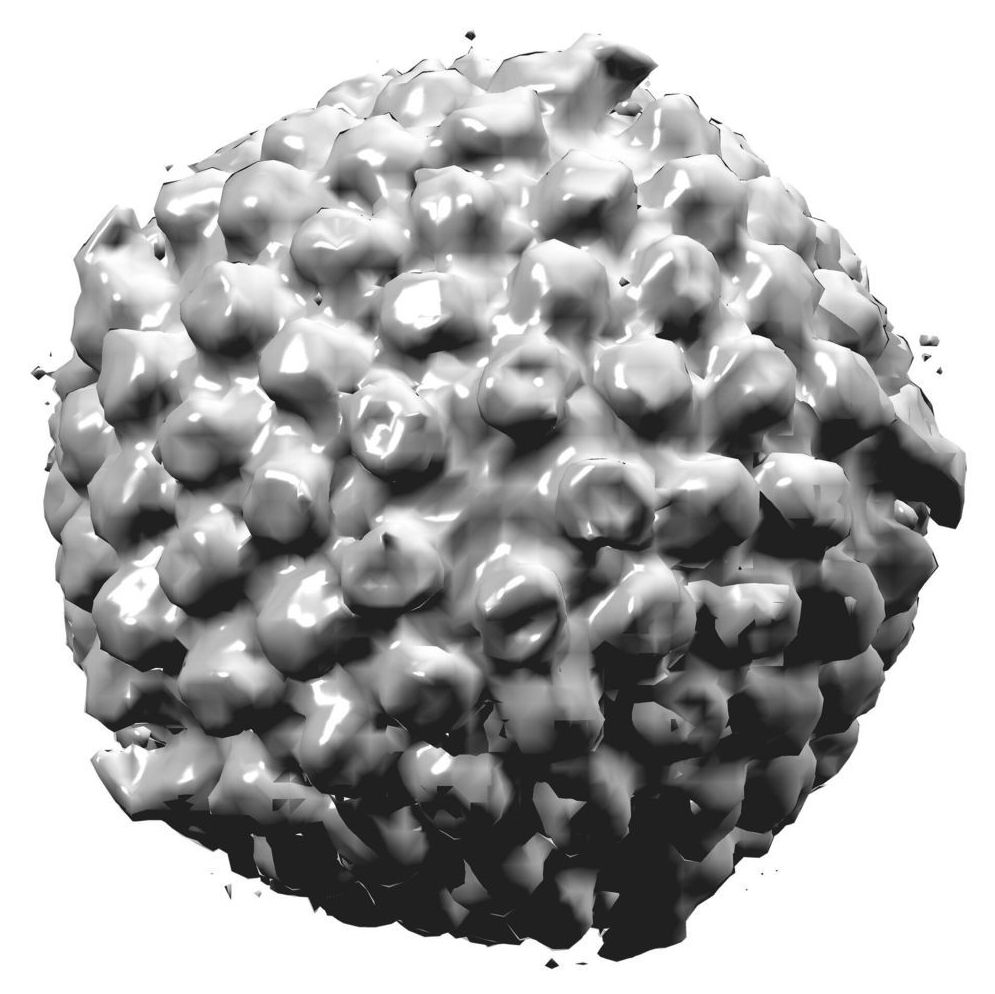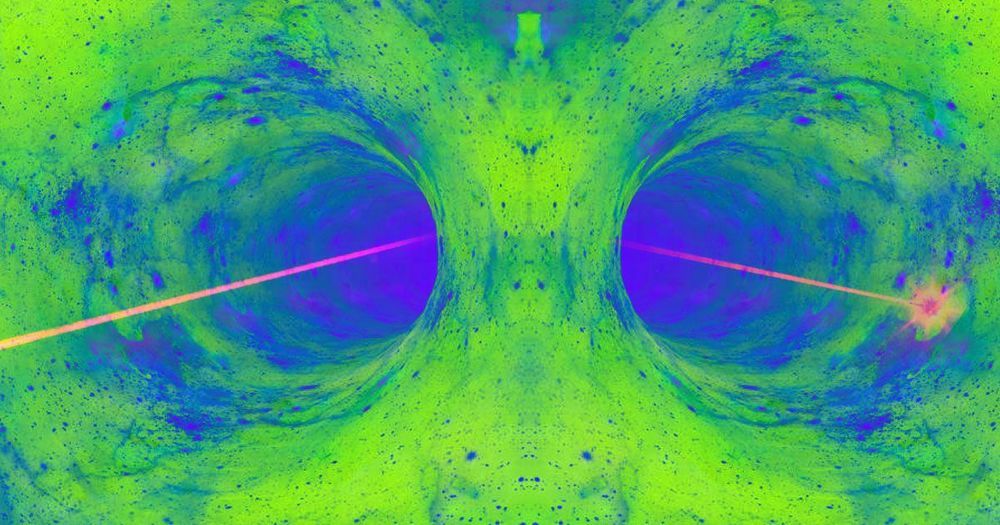The large-scale study got it right for 83 percent of participants. Would you take the blood test?
Get the latest international news and world events from around the world.


Bacteria in the gut may alter aging process, study finds
This could be happening to me.
An international research team led by Nanyang Technological University, Singapore (NTU Singapore) has found that microorganisms living in the gut may alter the aging process, which could lead to the development of food-based treatment to slow it down.
All living organisms, including human beings, coexist with a myriad of microbial species living in and on them, and research conducted over the last 20 years has established their important role in nutrition, physiology, metabolism and behavior.
Using mice, the team led by Professor Sven Pettersson from the NTU Lee Kong Chian School of Medicine, transplanted gut microbes from old mice (24 months old) into young, germ-free mice (six weeks old). After eight weeks, the young mice had increased intestinal growth and production of neurons in the brain, known as neurogenesis.


Discovery reveals mechanism that turns herpes virus on and off
New research from Dr. Luis M. Schang and his group at the Baker Institute for Animal Health has identified a new mechanism that plays a role in controlling how the herpes virus alternates between dormant and active stages of infection.
The herpes virus causes cold sores and genital sores, as well as life-threatening infections in newborns, encephalitis and corneal blindness.
Treatment of the virus is difficult, because it hides out in nerve cells and emerges months or years later to reactivate the infection.
An Incredible Compilation of Drone Shots From All Over the Globe
Drone shots have got more intricate and more complex as the years go on, and this compilation by Sam Kolder is one of the best examples of that.
A debate between Vadim Gladyshev and Aubrey de Grey
I HAVE not heard of or seen this Debate-video??? I thought poor Doctor Aubrey de Grey had shot with “escape velocity” let us say past debates about the probability-guarantee of ending aging. Vadim has his beliefs and yet his beliefs are wrong. {As I have stated and have posted memes for many years that state “WHO IN SCIENCE IS CORRECT??? THE SCIENTISTS WHO ARE WRONG OR THE SCIENTISTS WHO ARE RIGHT??? De Grey is correct as am I. I am a mere data researcher solutions analyst {Yet very dedicated.} So with my dedication I have taken the data of Mankind and found all causes of aging and I have found a cure sitting in data.}.
Is comprehensive damage repair feasible? A debate at Undoing Aging 2019 between Vadim Gladyshev, Harvard Medical School and Aubrey de Grey, SENS Research Foundation.
Connect with Undoing Aging:
Videos: https://www.undoing-aging.org/videos
News: https://www.undoing-aging.org/news
LinkedIn: https://www.linkedin.com/showcase/12631536/admin/


New Lasers May Be Powerful Enough to Drill a Hole in Reality
The prestigious academic physics journal Physical Review Letters published a paper this week about cutting-edge laser tech — and, if bloggers are to be believed, it could have juicy ramifications.
The paper itself is dry and technical, but the prominent tech blog Ars Technica’s interpretation of its findings is anything but. According to Ars, in fact, the tech it describes could pulse a laser “through fabric of the Universe.”
Scientists Have Discovered a Multidimensional Universe Inside the Brain
An exciting discovery has been made by scientists as they have uncovered that the human brain contains structures and shapes that may have up to eleven dimensions.